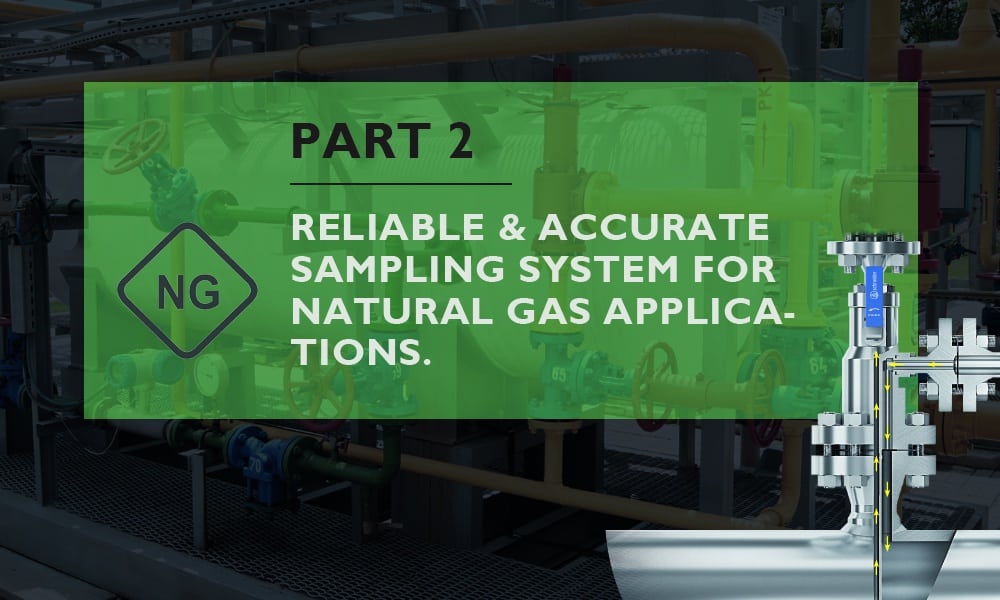The cease of natural gas imports from Russia forced Germany to switch from energy providers. Since then, Norway has grabbed the number one spot as the main supplier. To secure reliable gas transfer and distribution, all facilities within the circuit must be at peak capacity. One of those facilities is a Gassco plant located in northern Germany. The revamped Emden natural gas terminal kicked off operations in 2016 with the operative premise of providing an availability delivery rate above 99%. Since the start-up the plant did not reach its potential due to a leakage problem at the shut-off valves. Together with the customer, we set about working out a solution to achieve the high requirement of 99% availability. Here’s how we helped Gassco get to the promised target.
Continue readingReliable and accurate sampling system for natural gas applications
My previous article in this series explained what are the main issues in obtaining a representative sample in NG applications.
This case study demonstrates a reliable sampling solution currently used by plant operators. It helps plant operators to obtain representative samples.
Continue readingWhat are the main issues in obtaining a representative sample in NG applications?
In this article, I present the major issues associated with obtaining a representative sample in NG applications. The article explains what is representative sampling, and why sampling is important in the natural gas industry. I discuss factors that determine what should be a suitable sampling frequency in a process, and which sampling standards can be followed to ensure representative sampling.
Several major issues in obtaining a representative sample, and common design flaws that lead to poor sampling are presented and discussed. In addition, I present how a suitable probe length can be determined and how the probe should be installed. The different types of commonly used sampling probes are also compared and discussed.
Continue reading



